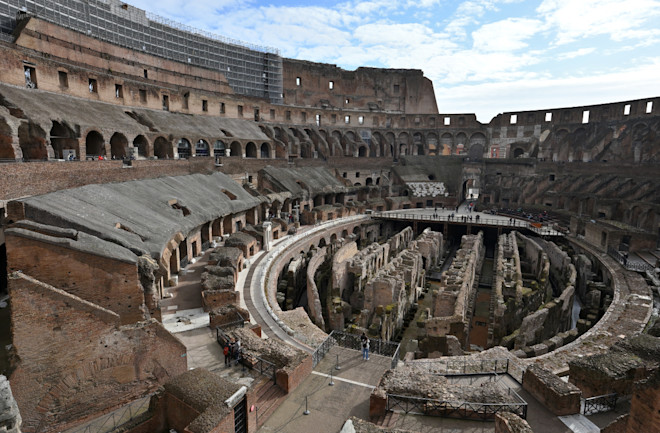
The Odyssey YouTube channel is a trove of documentaries about the ancient world, “from the dawn of Mesopotamia to the fall of Rome”. Several of their videos about Rome are presented by classicist Mary Beard, perhaps the best-known Roman scholar in the world and the author of SPQR: A History of Ancient Rome, which you couldn’t enter a bookstore in the late 2010s without seeing. I’ve embedded her videos on The Ancient Origins Of The Roman Empire and Why Did The Roman Empire Collapse above and you can head to YouTube to watch several more hours of Beard explaining Rome: Who Were The Citizens Of Ancient Rome?, How Did The Ancient Roman World Work?, The Meteoric Rise And Fall Of Julius Caesar, What Was Normal Life Like In Pompeii Before Its Destruction?, and Caligula And Corruption In Imperial Rome. (via 3 quarks daily)
Read the rest of this article...



